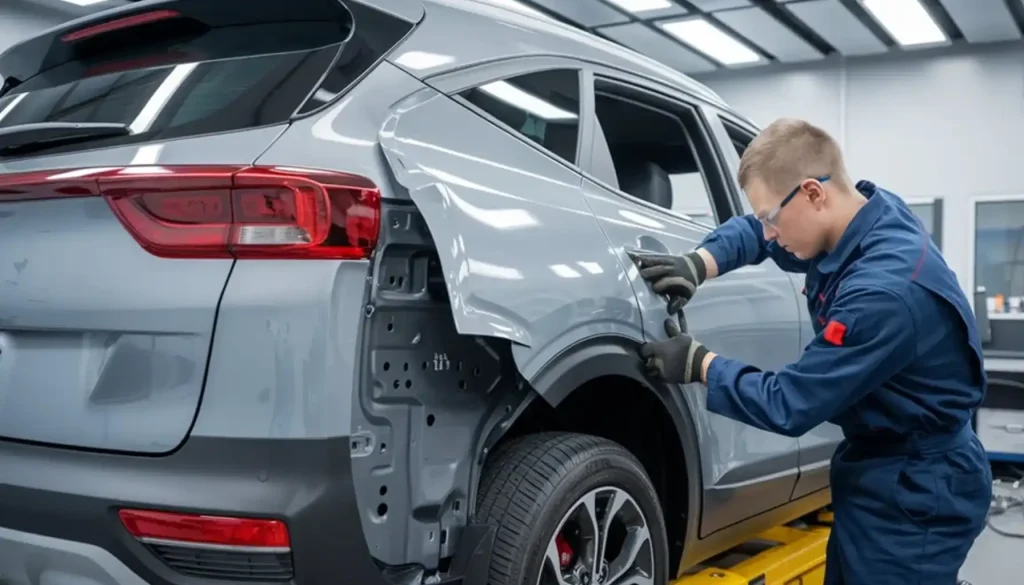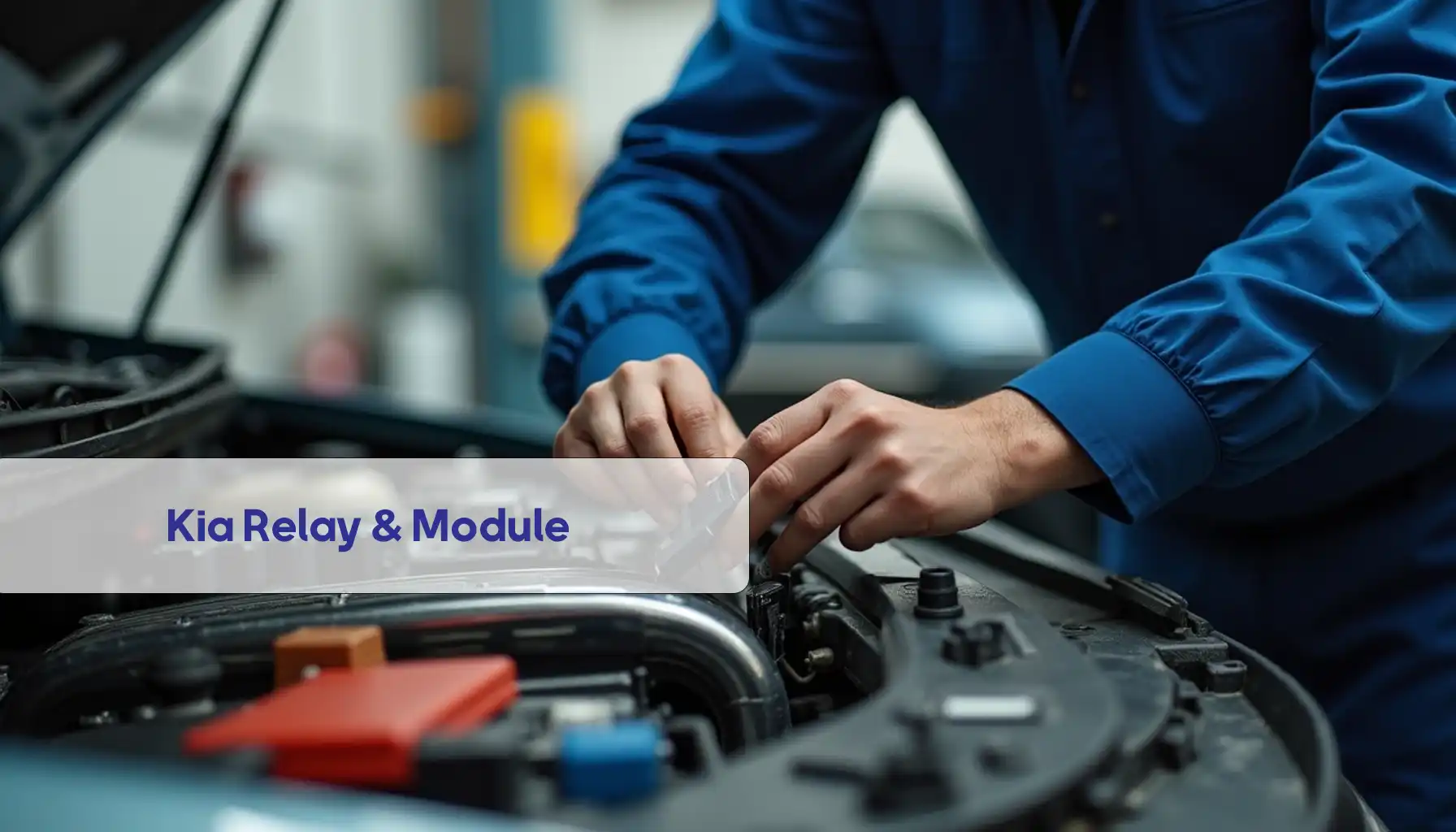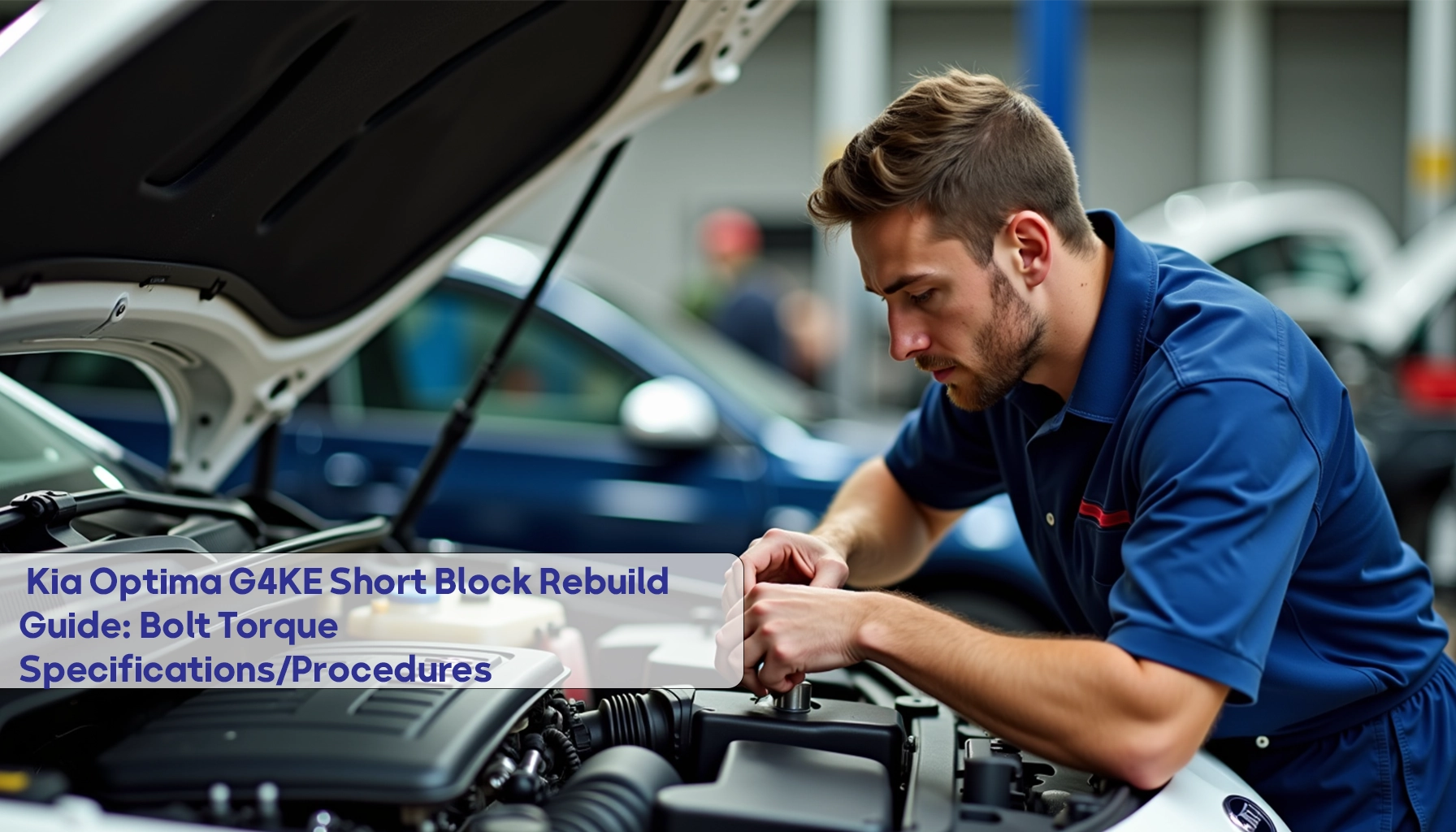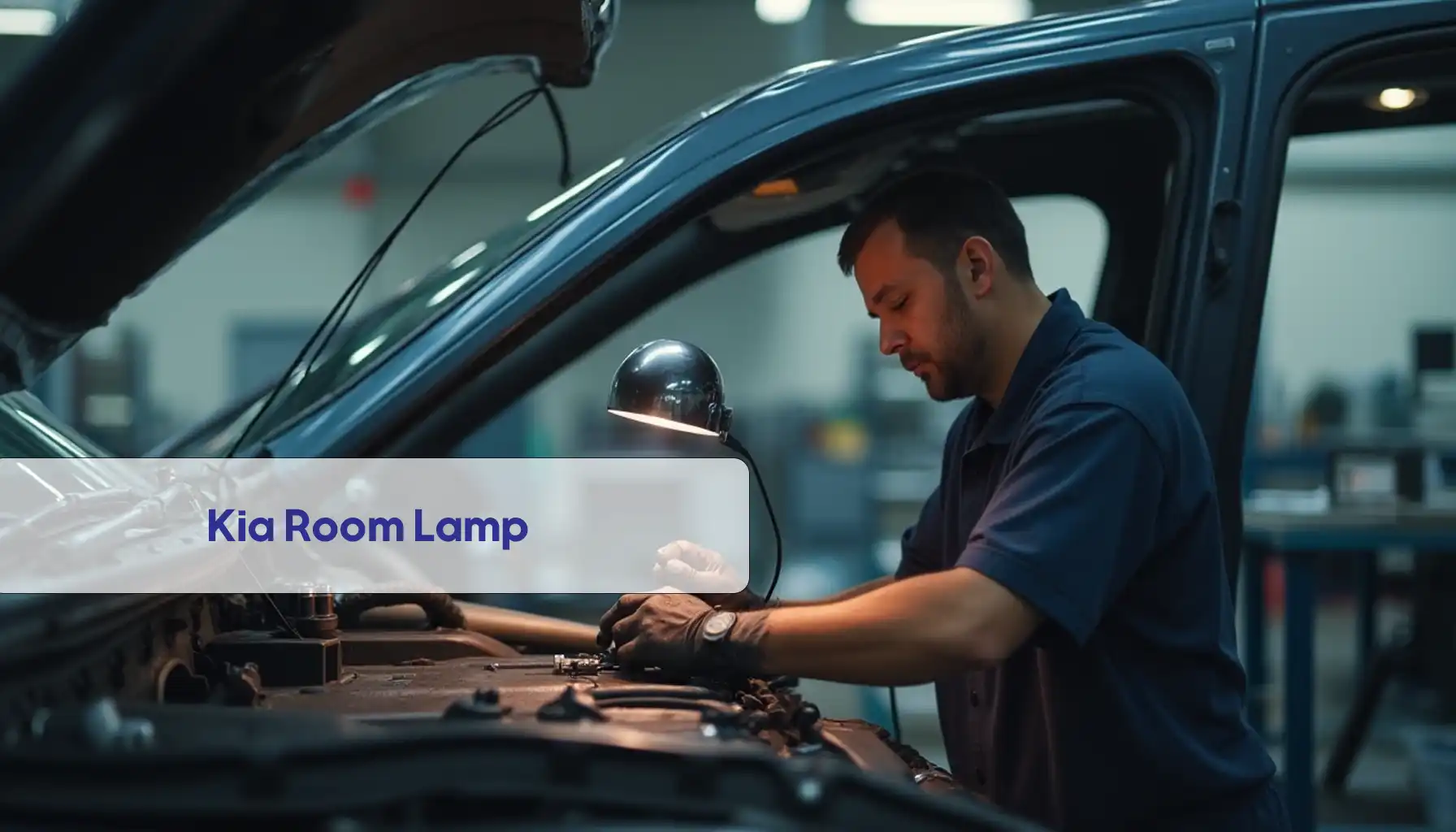As such, in Dubai and throughout the Middle East for vehicle owners, maintaining the appearance and structure often requires addressing an issue with their Kia quarter panels.
The quarter panels offer much value to your Kia in structural integrity and aesthetic appeal, and play a very unique role in protection and shaping of the car. In most cases of damage, repair or its replacement becomes quite necessary; this takes into consideration the value and safety of the vehicle on the road.
This guide will take you through all there is to know about Kia Quarter Panels: what they are, why they are important, whether they can be repaired or have to be replaced, and everything relating to costs.
More precisely, this forum wants to reach the owners of Kia vehicles in the UAE and beyond who may have quarter panel replacements or repairs.
Understanding the importance of quarter panels will empower you through informed decisions when damages, wear, or aesthetic improvements are concerned.
Whether you are replacing a dented panel or going for a full replacement, this guide will outline the most important features concerning Kia quarter panels so that you may understand what to expect with regard to options, costs, and benefits.
Whether you are upgrading or simply maintaining your Kia in the UAE, high-quality trim parts can all make the difference. From securing a refined finish to improving the overall durability of your car may needs you to Buy Kia trim parts in Dubai ensure you achieve a seamless appearance and protection of important areas of your car.
Be it for a fresh model or an older version, finding the ideal part that matches your Kia is pretty easy on Arsintrading and never compromise on quality; instead, purchase Kia trim parts in Dubai today for a reliable and durable solution to all of the needs of your vehicle.
What are Quarter Panels on a Car?
These are the big, curved exterior panels that cover the back part of the car, between the rear door and the trunk. They also extend over the wheel wells on most vehicles, forming the rear sides of the car while blending into the frame and design of the vehicle. They are usually made of metal but might include plastic or fiberglass in some models with the intent of reducing the weight of the vehicle.

On most cars, the quarter panels of Kia cars serve both functional and aesthetic purposes. Structurally, quarter panels hold up the rear end, and in cases of impact, they absorb much of the shock to protect passengers. Aesthetically, these are some of the most visible parts of the car’s exterior and really drive home the shape and style of the car. For instance, on models like the Sportage or Optima from Kia, it is the pronounced curves and contours of the quarter panels that give the vehicle its characteristic profile. Because of their size and position, quarter panels are prone to dings, dents, and more serious damage, especially in rear-end collisions.
Is a Quarter Panel a Structural Part?
The quarter panel is indeed one of the most important structural parts of a car body, considering the rear-end structure in particular. Generally known as an exterior body part, the design of the quarter panel connects it directly to the frame and the rear wheel wells, crucial elements of a vehicle’s structural integrity. In the case of any impact, these panels can distribute forces, safeguarding occupants by further strengthening the car’s body and frame.
What Kia owners should understand is that a quarter panel does more than aesthetic damage. If severe enough, it can alter the performance of the rear structure in terms of absorbing an impact and, by association, passenger safety. This is why many drivers are urged to perform repairs or replacements on damaged quarter panels rather than simply driving the problem around. Moreover, a weakened quarter panel allows other parts of the car to rust; any gap or break in the panel allows moisture to reach the frame.
Can you repair quarter panels?
In most instances, the question of whether a quarter panel can be repaired is a question of the extent of the damage it has received. Small dings and scratches, or minor ones, are usually repairable by an accomplished technician through techniques such as paintless dent repair or conventional bodywork repairs. If there is no structural involvement-as long as it remains superficial-a little bit of minimal intervention might just bring it back to near-new state.
In the case of Kia cars, large-scale action areas like Dubai tend to develop dents on the car either from parking or sand abrasion; minor damage to a quarter panel can be repaired for the best appearance of a vehicle without needing a whole replacement. However, in cases of serious damage involving deep dents, holes, or any bending or breaking of the metal, it may need more intense work. In cases where a collision has affected the base structure or rust has badly degraded the area, a full replacement may be more safer and economical over time.
Can You Replace a Rear Quarter Panel?
Replacement of a rear quarter panel is quite feasible and, at times, may be the only solution, particularly when the damage is so bad or no longer structural. It is mostly recommended when the integrity of the panel has been compromised or if the owner of the car is seeking a permanent fix that will restore the looks and safety of the vehicle.
The replacement of a quarter panel in most Kia models involves the first removal of the damaged panel, which could either be cut away if it’s welded or unbolted if it’s bolted on. Then, a new panel is fitted, primed, and painted to match the original color of the car. This is more involved than a simple repair, since skilled work is required to fit the new panel with the rest of the vehicle. More expensive for this reason, sometimes it is really worth it to give back to the vehicle its original structural integrity and aesthetic appeal.
Can a Rear Quarter Panel Be Repaired?
In such cases, particularly when the damage is cosmetic and doesn’t involve any structural issues, repair can replace replacement. This may involve techniques such as filling with filler, sanding, and painting over it, after which minor damage is made to disappear and the panel returns to its original appearance. Alternatively, there is the paintless dent repair, to which especially apply smaller dents that haven’t broken the layer of paint.
However, when the damage is slight, repair instead of replacement can save the owner of Kia some money. Such superficial issues an accomplished technician can handle or work on to return the appearance and functionality of the panel without needing to replace an entire panel. However, one should not be misled that repair options are permanent solutions especially in cases of severe impact. When structural compromise has occurred on the panel, it may be relieved for some time by repairs, but full replacement may still be advisable in terms of long-term safety and durability of the vehicle.
How Much Does It Cost to Replace a Quarter Panel?
The replacement cost of a Kia quarter panel greatly depends on such factors as the model, whether the damage was minor or extensive, and the types of materials used. In Kia vehicles, it can also be determined in cost by using either an OEM Kia replacement panel or an aftermarket replacement panel.
The fact remains that OEM parts tend to be more expensive, but in return, they offer perfect fit and finish for every Kia owner who desires to retain the resale value and good looks of the car.
Labor costs in Dubai are somewhat lower compared to other parts of the world, but nevertheless, adding it up to the cost of the quarter panel may be expensive, especially if heavy body work is in demand.
On average, a full quarter panel replacement can cost anything from a few hundred to a few thousand dirhams, including labor. Other factors that could affect the final cost include the car’s paint color, which may need blending with adjacent panels, and the complexity of the work. If looking for a quote on replacing a quarter panel, Kia owners must balance a structurally sound panel for the long term against the upfront cost of a quality replacement that could serve the dual purposes of both safety and aesthetics.



